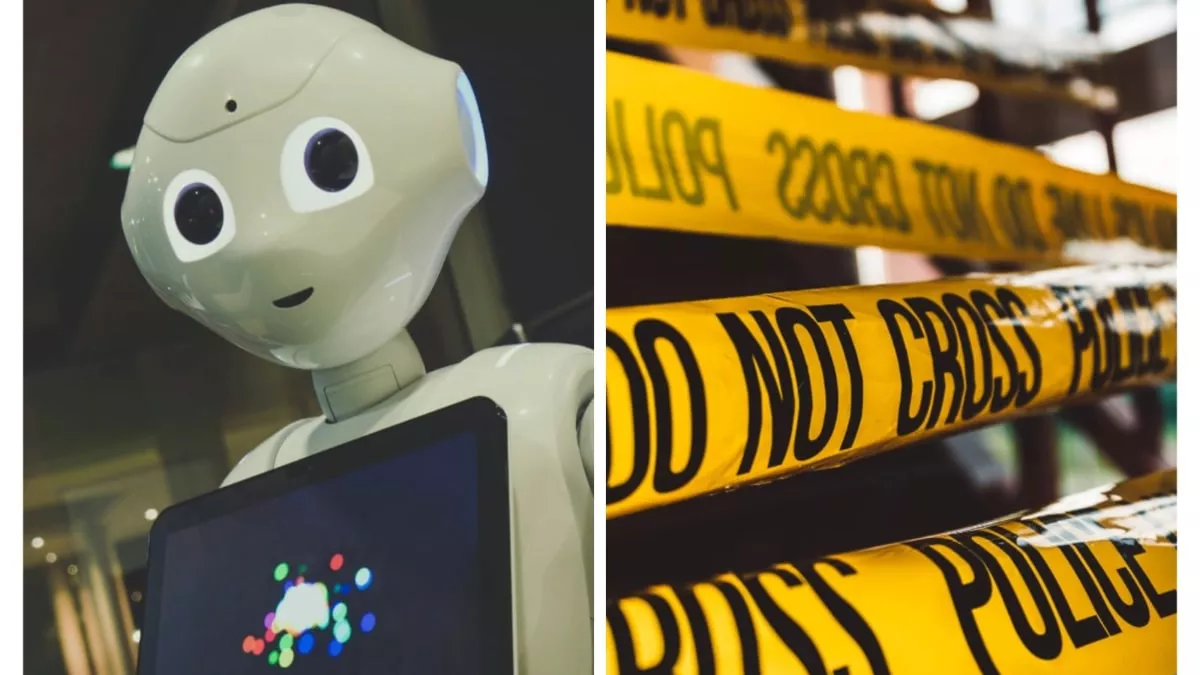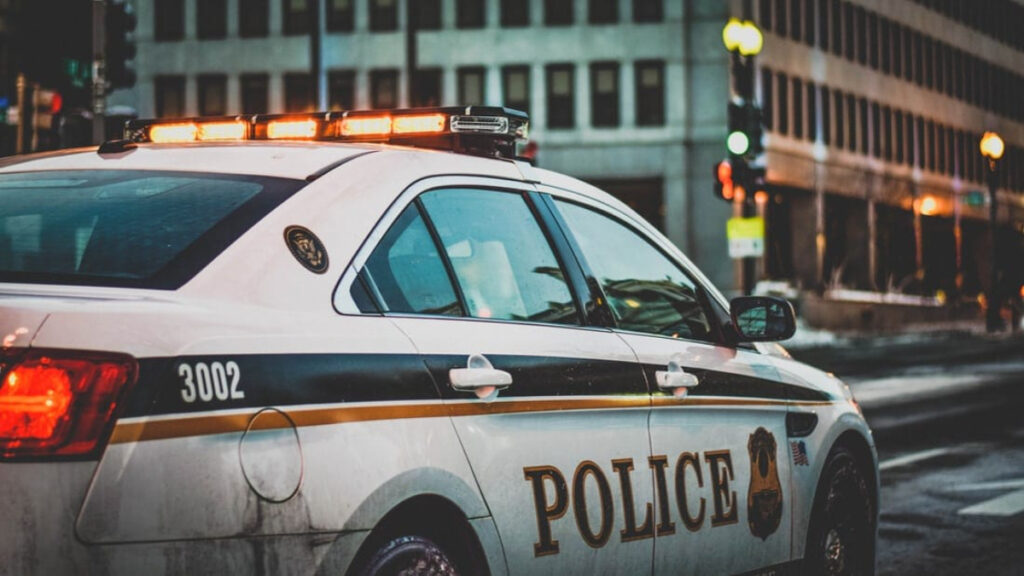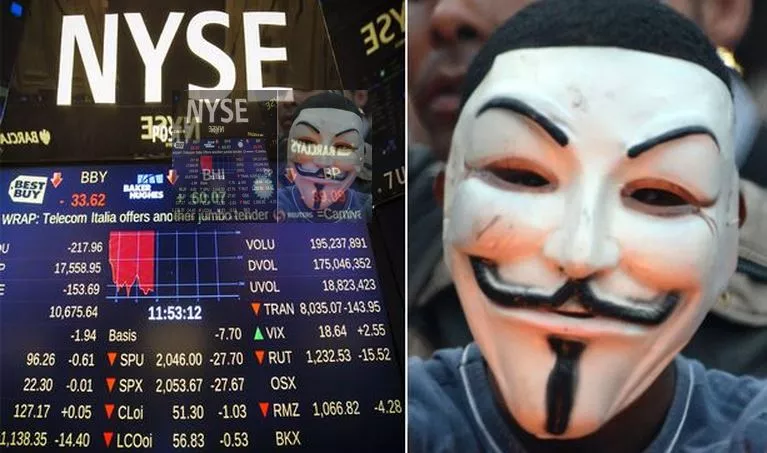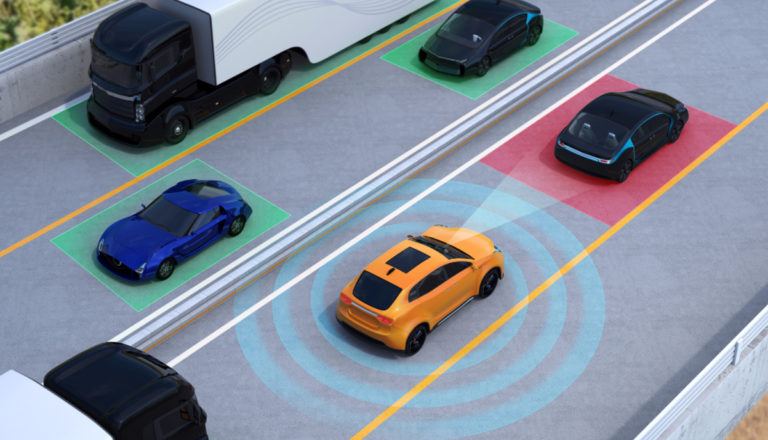Can AI Predict Crime? Well Reports Says It Can And Is 90% Accurate

New artificial intelligence can predict the location and rate of crime a week before it happens, with up to 90 percent accuracy. The crime-predicting AI model was created by Ishanu Chattopadhyay and his colleagues at the University of Chicago.
The way the crime predicting AI works is by analyzing historical crime data from Chicago, Illinois, from 2014 to 2016. The AI will make its prediction of a crime in the upcoming weeks by looking at past trends.
How accurate is crime prediction with AI?

According to a report, the city was divided into squares that were each roughly 300 meters across. The model provided a week’s worth of probabilities for various crimes with up to 90% accuracy. Additionally, it was tested and trained using data from seven other significant US cities with comparable performance.
Although Chattopadhyay acknowledges that his model will also employ skewed data, he claims that steps have been taken to lessen the impact of bias and that the AI merely identifies prospective crime spots rather than suspects. He claims, “It’s not Minority Report.”
Instead of using the AI’s predictions to allocate police resources directly, Chattopadhyay claims that the crime-predicting AI may be used more safely to inform high-level policy. For other researchers to examine the findings, he made the data and algorithm used in the study publicly available.
The researchers also used the data to search for places where police are impacted by human bias. The crime predicting AI helped examine the number of arrests in Chicago neighborhoods with various socioeconomic statuses.
This demonstrated that more arrests were made in wealthy regions than impoverished areas, indicating bias in the police response. Artificial intelligence is achieving marvels by helping us with face recognition, image generation, and much more. Did you know that DALL-E mini, an image-generating AI is obsessed with women in saris?
What do you think about the crime predicting AI? Comment down below.






